As global infrastructure upgrades accelerate and low-carbon policies gain traction, the demand for sand and aggregates is surging worldwide. At the same time, the level of automation in sand and aggregate production lines has become a key indicator of an enterprise’s modernization. Central control systems, in particular, are evolving rapidly, from mechanical push-button panels to intelligent terminals that enable visualization, remote access, and data-driven decision-making. This shift reflects not only inevitable technological progress but also aligns with strategic goals of cost reduction, operational efficiency, and sustainable development.
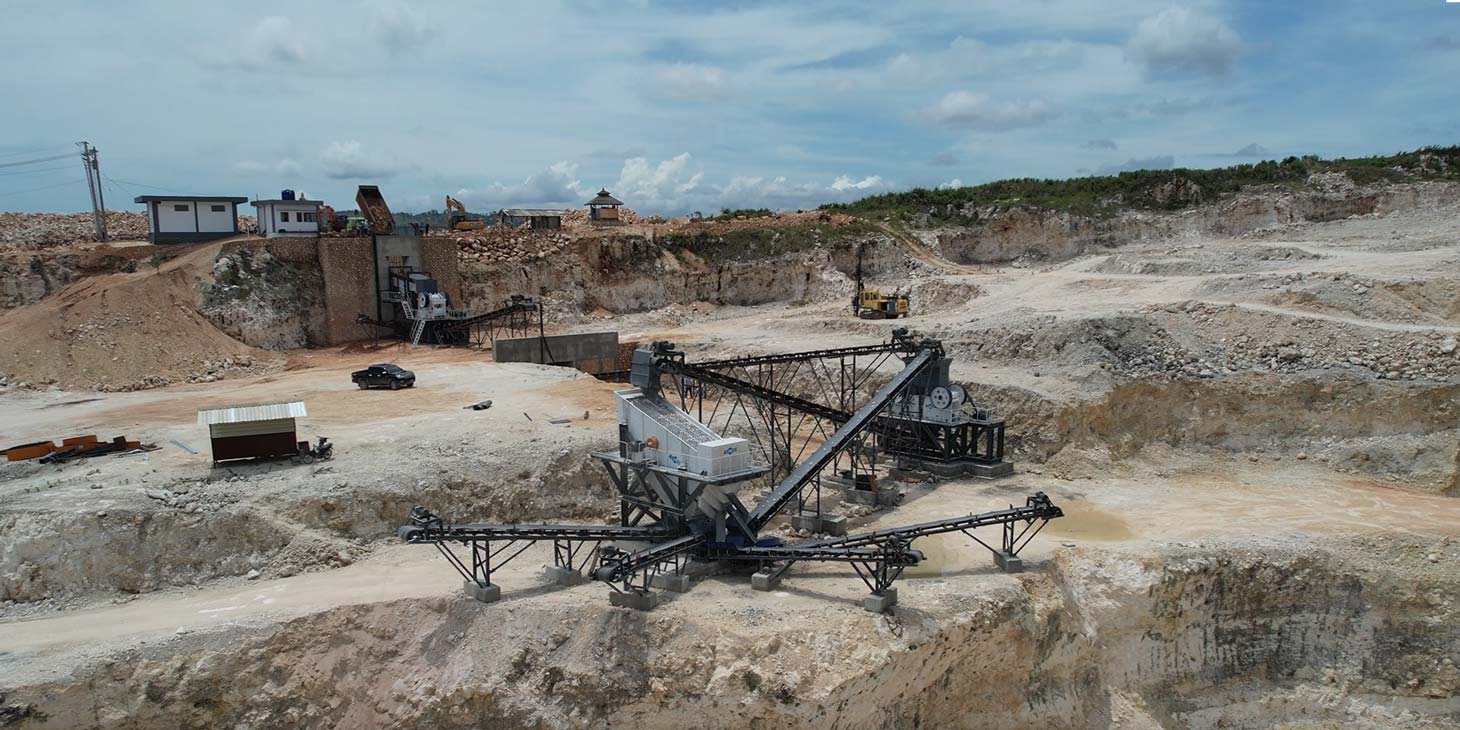
This article outlines the technological evolution of central control systems in sand and aggregate production, focusing on the transition from traditional control panels to smart terminals. Drawing on international case studies, it analyzes the tangible benefits and operational challenges of intelligent transformation in aggregate operations.
Limitations of Traditional Central Control Systems
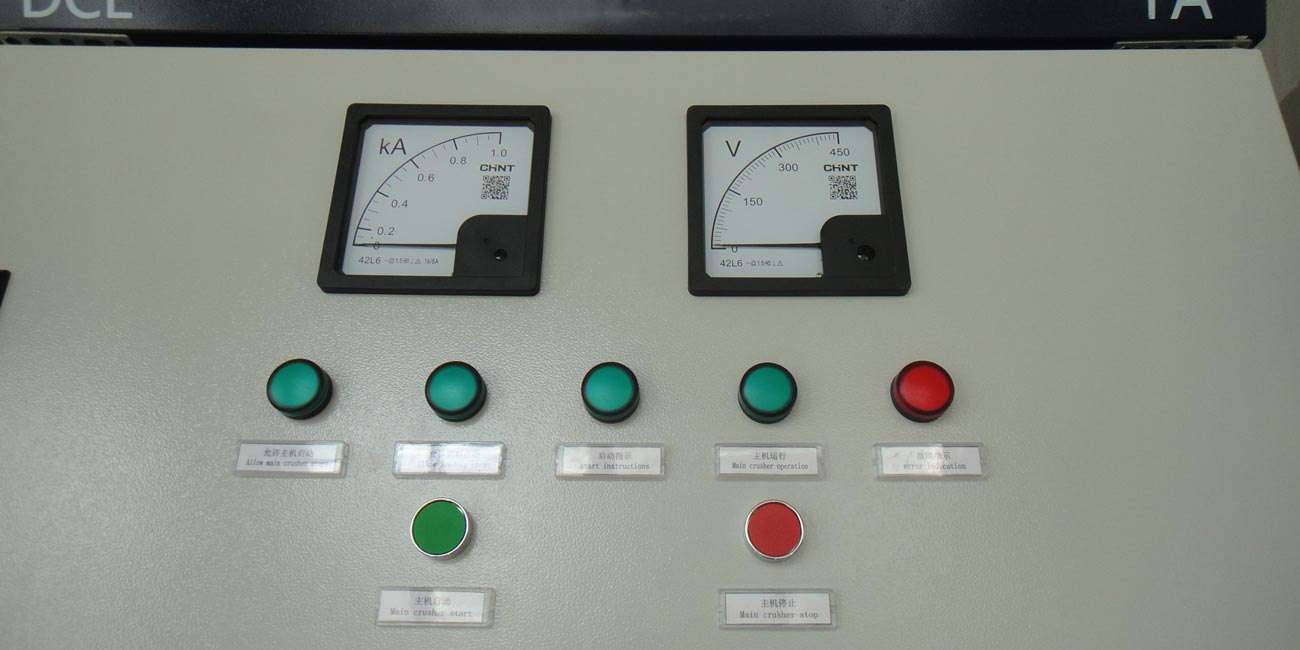
Technical Constraints of Button Panel Interfaces
In early sand and aggregate production lines, button panel consoles were the standard. These systems relied on physical buttons, indicator lights, and relays to control equipment, trigger alarms, and set basic parameters. While simple and cost-effective, they were only suitable for small-scale, short-process operations.
As the industry evolves toward large-scale, continuous, and precision production, the shortcomings of this approach have become increasingly evident:
- Fragmented Control: Each machine—crusher, conveyor, screen—has an isolated control unit, with no real-time communication between systems. Operators must travel between stations to manually coordinate actions, reducing overall efficiency.
- Delayed Response: When issues like blockages, belt slippage, or motor overload occur, operators rely on intuition rather than real-time diagnostics, often leading to delayed shutdowns and equipment damage.
- Human Error Risks: System operation depends heavily on individual experience. Different shifts follow inconsistent procedures, increasing the likelihood of incorrect starts/stops and potential safety hazards.
- Maintenance Challenges: These systems lack historical data logging, forcing technicians to rely on visual inspection and trial-and-error troubleshooting—wasting time and lowering maintenance efficiency.
In many aging aggregate crusher plants across developing countries, such systems are still in use and represent a major barrier to automation upgrades.
Weak Data Acquisition Limits Decision-Making
To improve automation, some plants have introduced localized PLCs and sensors. However, poor system integration and outdated architecture continue to limit data capabilities:
- Data Silos: Key parameters—such as vibration levels, belt speeds, and motor temperatures—remain trapped in individual control cabinets, with no centralized data platform for storage or analysis.
- Low-Frequency, Low-Fidelity Signals: Legacy systems often rely on analog signals that refresh slowly, suffer from latency, and are vulnerable to interference—unsuitable for real-time data processing.
- Manual Recordkeeping: Daily outputs, operating hours, and downtime events are still recorded by hand in many plants. Paper logs are prone to errors, loss, and manipulation.
- No Support for Strategic Decisions: Without longitudinal trends or cross-process data correlations, management teams cannot make predictive maintenance plans, optimize staffing, or adjust production strategies.
In Southeast Asia, for example, many aggregate producers have upgraded the stone crusher plant but still operate under “semi-automatic” or “local linkage” control. Site managers must physically check equipment or make calls to troubleshoot—slowing down responses and undermining efficiency.
This lack of reliable, actionable data prevents companies from adopting data-driven decision-making and hinders future integration of intelligent optimization systems. It is a fundamental barrier to advancing production intelligence.
The Rise And Transformation Path Of Smart Terminals
Key Features of Intelligent Terminals
As digital transformation accelerates across the sand and aggregate production industry, automation is shifting from a focus on equipment stability to system-wide intelligent coordination. Industrial-grade intelligent terminals have emerged as a core component of next-generation central control systems.
These terminals integrate computing, data processing, real-time communication, and interactive user interfaces. Beyond traditional fixed displays, they include industrial touch-screen workstations, handheld tablets, wearable smart glasses for field inspection, and multi-screen control hubs for remote operations.
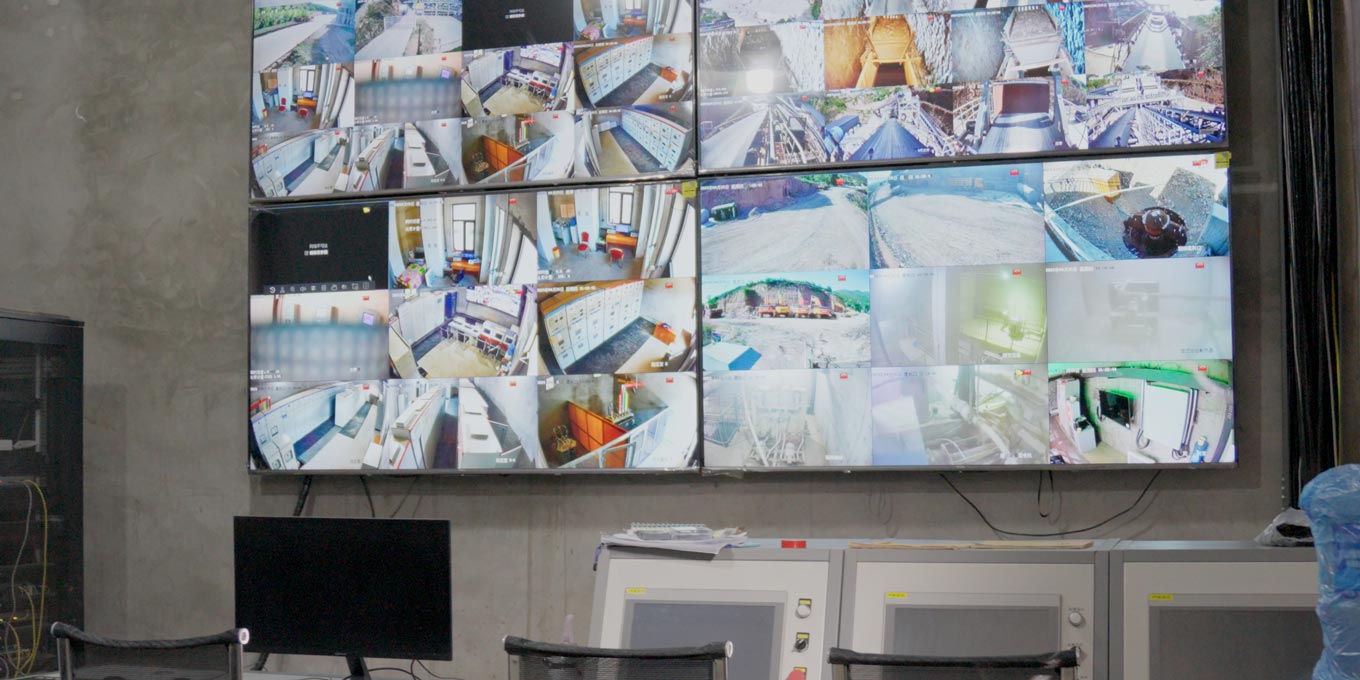
They offer four key features:
User-Friendly Interfaces with Smart Interaction
Highly Integrated Control Capabilities
Remote Control Across Geographies
Built-In Analytics and Predictive Maintenance
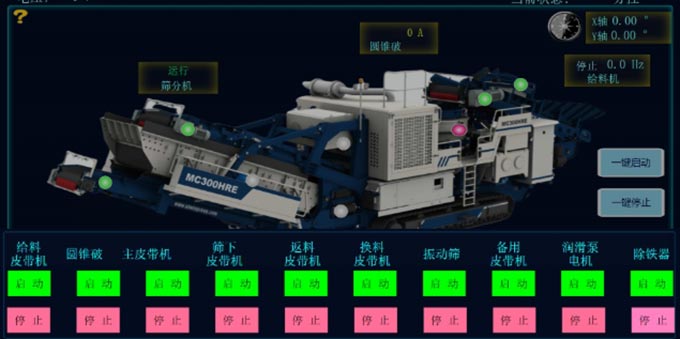
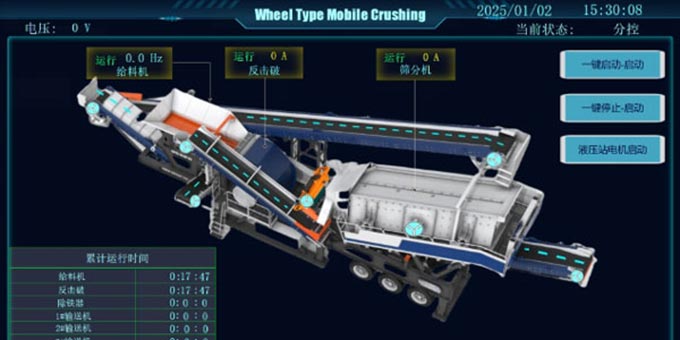
By combining operational control with decision support, intelligent terminals are rapidly replacing legacy button panels, becoming the nerve center of the smart aggregate crushing plant.
Three Major Shifts in System Architecture
The rise of intelligent terminals has driven a comprehensive restructuring of control system architecture—transforming hardware deployment, communication protocols, and enterprise-level integration.
Shift from Centralized to Distributed Control
Transition from Serial Communication to High-Speed Networks
End-to-End Data Integration from Production to Business
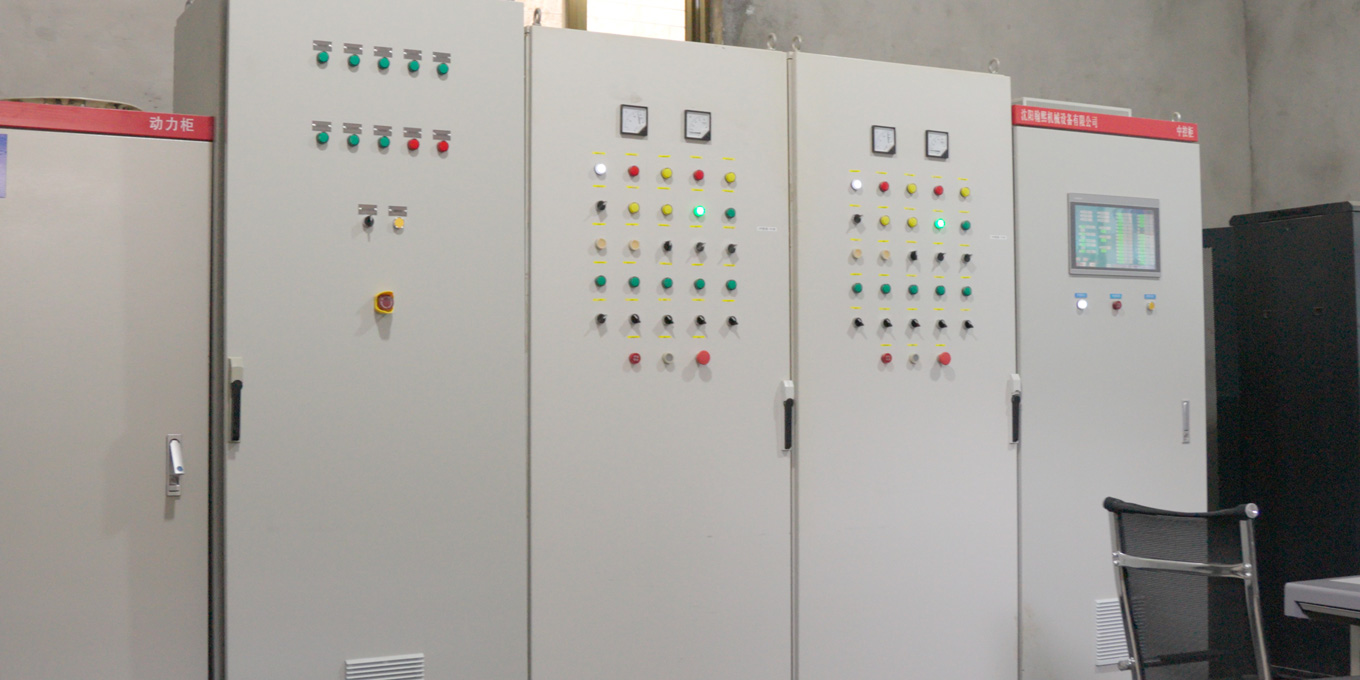
In addition, these terminals support video management system (VMS) integration and AI-powered visual analytics. This enables real-time detection of belt blockages, overloading during loading operations, or unsafe behaviors—creating a production ecosystem that is both visualized and intelligent.
Global Case Studies
Votorantim Cimentos Smart Aggregate Crusher Plant, Brazil
As one of Latin America’s largest building materials groups, Votorantim integrated the Siemens WinCC OA system and a cloud-based smart terminal platform into a 12-million-ton-per-year aggregate crusher plant in São Paulo. With over 50 smart terminals deployed, the project achieved:
Real-time operational data uploaded hourly to the central decision-making hub, enabling remote diagnostics.
On-site terminals continuously monitored critical indicators such as screen vibration loads and crusher oil temperatures, triggering automatic alerts on anomalies.
Operational efficiency increased by 18%, energy consumption dropped by 12%, and manual intervention was reduced by 40%.
Heidelberg Materials’ Green Quarry Upgrade, Norway
At its Stavanger site, Heidelberg Materials modernized its operations using ABB Ability systems in tandem with smart central control terminals. The facility is driven by four main terminals and 20 intelligent field modules, connected via 5G for seamless communication.
AI models adjust crusher loads and feed rates in real time to maintain consistent aggregate gradation.
A digital twin simulates operating scenarios to evaluate energy-saving potentials.
Fault detection accuracy improved to 93%, while equipment annual uptime increased by over 600 hours.
Smart Aggregate Production at CSCEC West, China
CSCEC West deployed a fully automated power distribution system and smart terminal-based central control platform at its Zhaoqing plant in Guangdong. A key innovation is the integration of centralized control with automated truck loading, silo management, and conveying systems.
A single operator can now manage the entire line, reducing manpower from 13 to 4.
Average truck waiting time dropped from 45 minutes to 18 minutes.
Equipment fault response time shortened from 90 minutes to just 15 minutes.
Key Challenges and Strategic Responses in System Upgrades
The transition toward intelligent operations in the aggregate industry is far from seamless. System upgrades involve complex obstacles—from legacy hardware integration to workforce training and capital expenditure. Proactively identifying these challenges and aligning them with actionable strategies is essential to ensure successful implementation and sustained returns from smart terminal systems.
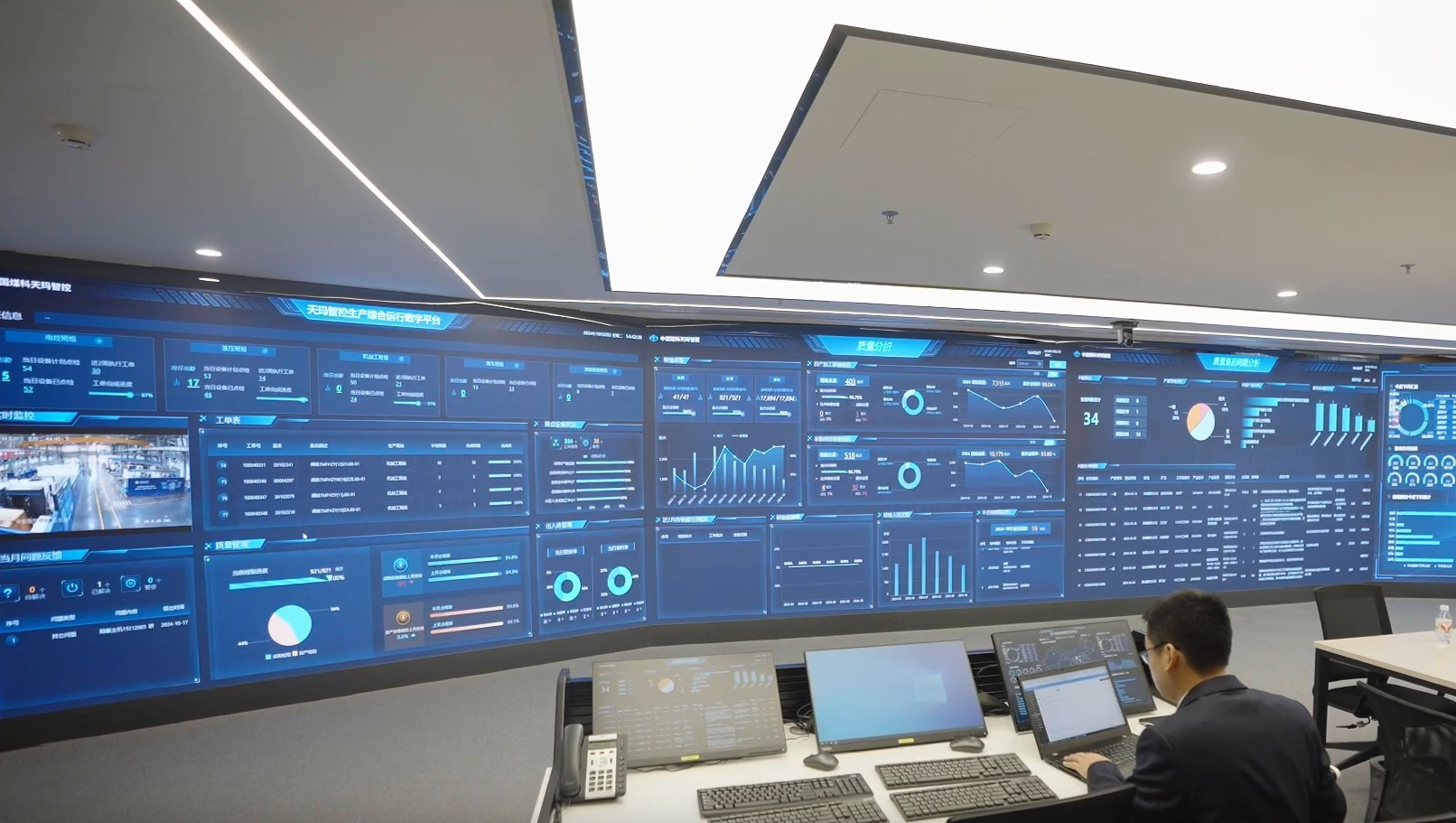
Technical Compatibility: Bridging the Gap Between Legacy and Modern Systems
Many existing aggregate crushing plants still rely on outdated control infrastructure from the 1990s or earlier, using serial protocols like RS-232 or RS-485. These systems lack compatibility with modern industrial protocols such as Ethernet, Modbus TCP, or OPC UA. Additionally, some legacy equipment offers only analog output signals, making digital integration difficult.
Strategic responses:
Deploy industrial gateways and protocol convertersUse multi-protocol edge gateways (e.g., Siemens IOT2040, Advantech WISE-EdgeLink) to bridge Modbus RTU with Modbus TCP or CAN bus with OPC UA, enabling seamless integration.
Leverage digital twin bridging Retrofit legacy systems with auxiliary sensors and vision modules to capture vibration, temperature, and operational status, mapping these inputs to modern monitoring platforms via virtual channels.
Adopt phased hybrid upgrades Begin with critical sections (e.g., crushing or screening) to pilot smart control modules. Gradually expand upgrades plant-wide to reduce financial and operational risks associated with a full-scale overhaul.
Workforce Readiness: Overcoming Resistance to Digital Adoption
Operators in traditional aggregate crushing equipment often rely on manual experience and visual inspection. Many view smart terminals and data-driven systems with skepticism. Older staff, in particular, may fear job displacement and resist learning new technologies, creating internal friction during transformation.
Strategic responses:
Establish tiered training programs Customize learning paths by role—operators, maintenance technicians, and managers—using e-learning platforms, virtual simulators, and AR/VR-based modules to enhance practical skills.
Promote mentorship and peer adoption Designate experienced frontline workers as “smart collaboration leads,” empowering them to pilot systems and support knowledge transfer within their teams.
Implement incentive structures Launch programs such as “Digital Skills Competition” or “Energy Efficiency Champion of the Month” to reward proactive learners and foster a culture of digital ownership and enthusiasm.
Financial Return Concerns: High Initial Cost, Uncertain Payback Horizon
Comprehensive upgrades—hardware installation, system reconfiguration, staff retraining, and network setup—can cost several million RMB or hundreds of thousands of dollars. However, returns often appear as indirect benefits: energy savings, reduced downtime, or optimized staffing. These soft metrics can make initial investment hard to justify.
Strategic responses:
Leverage policy support and green financing Tap into government incentives for smart manufacturing and sustainable mining. Programs such as the EU’s Digital Europe Initiative, India’s Smart Mines Mission, and Saudi Arabia’s Vision 2030 Industrial Upgrading offer grants, tax reliefs, or low-interest financing.
Partner with vendors offering financial models Choose solution providers who offer leasing, pay-per-use (Equipment-as-a-Service), or installment-based payment plans to ease upfront capital requirements.
Quantify ROI and visualize value Set up real-time dashboards to track energy use, downtime incidents, and labor efficiency. Use monthly comparisons to clearly demonstrate tangible ROI to stakeholders, reinforcing the case for continued investment.
Evolution of Intelligent Terminals in Future Central Control Systems
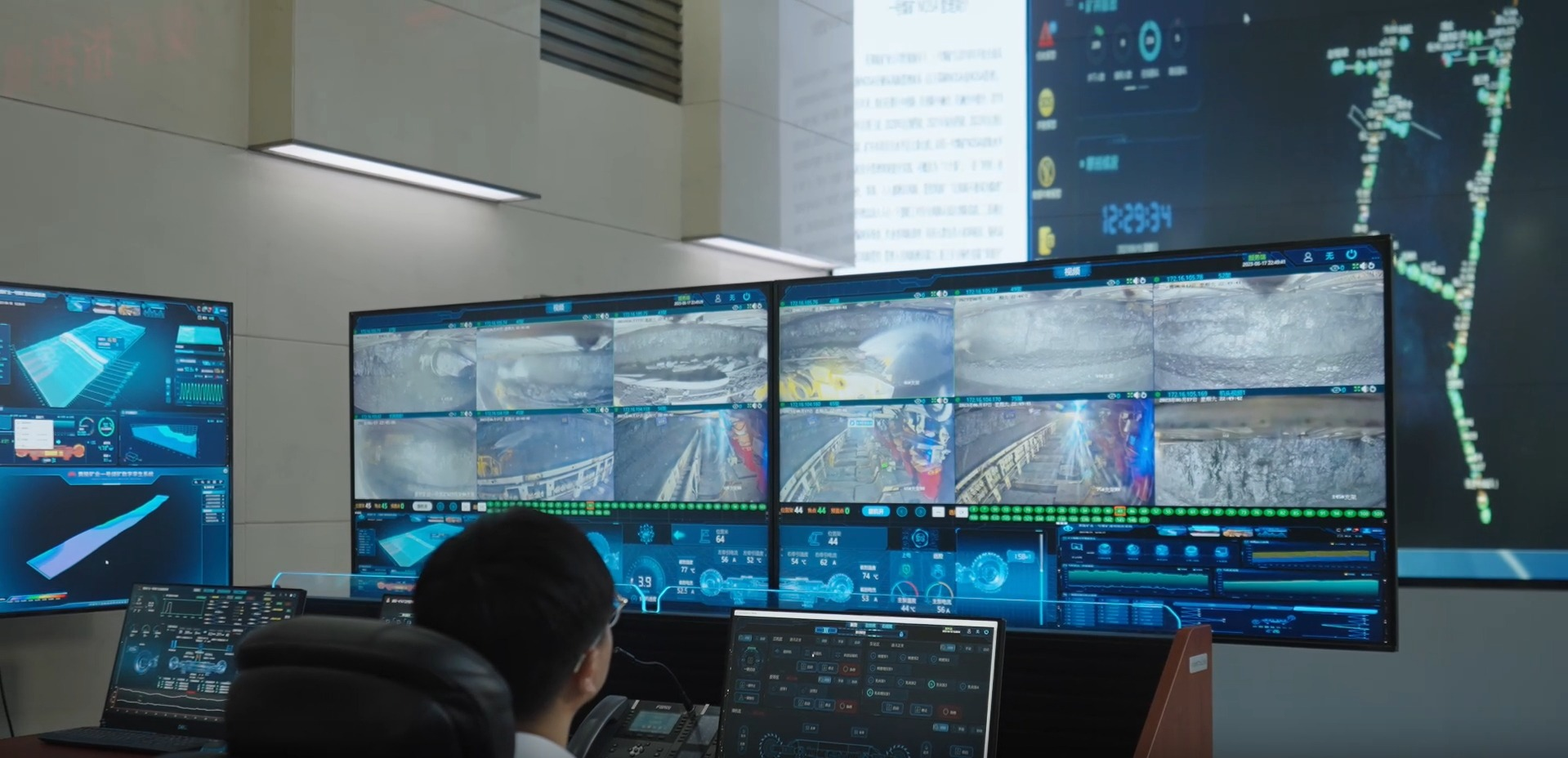
From Monitoring Tools to Autonomous Decision-Makers
Traditional control terminals served mainly to display production line status and control equipment start-stop operations. Today, they are evolving into intelligent agents capable of making independent decisions, powered by AI algorithms and big data models. Key advancements include:
-
Adaptive Parameter Optimization: The system autonomously adjusts crushing parameters—such as rotor speed or pressure ratio—based on historical load curves and output quality data to ensure optimal performance.
-
Intelligent Power Scheduling: By analyzing electricity pricing trends, the system reschedules high-energy equipment operations to off-peak hours, minimizing energy costs.
-
Predictive Fault Detection and Self-Correction: For instance, when oversized raw materials are detected on conveyor belts, the system anticipates changes in finished aggregate quality and preemptively adjusts screen frequency or classification mode to maintain stability.
These terminals are transitioning from passive executors to active decision-makers within rule-based frameworks, paving the way for truly autonomous and unmanned operations.
Digital Twins and Immersive Decision Interfaces
With the adoption of digital twin technology, intelligent terminals are becoming more interactive and visually intuitive.
- 3D Modeling + Real-Time Simulation: Equipment and production processes are digitally recreated at a 1:1 scale. Operators can monitor critical indicators—such as temperature, load, and vibration—within a dynamic virtual environment, via wearable devices or desktop interfaces.
- Remote Operations and Command Interaction: Integration of BIM and GIS allows managers to conduct remote inspections and issue control commands from headquarters using touchscreen terminals, significantly improving response speed and precision.
- Scenario Simulation and Risk Forecasting: Before major maintenance activities, the system simulates multiple dismantling strategies to assess risks and projected downtime, supporting informed decision-making.
These terminals are no longer just data displays—they function as immersive decision hubs that enhance operational visibility and execution efficiency.
Data-Driven Operations Across the Entire Value Chain
The sand and aggregate industry is moving toward fully digitalized operations, with intelligent terminals closing the data loop across the mining lifecycle:
- Upstream Mining Operations: Mobile terminals connected via 5G and embedded sensors capture geological and equipment data during blasting and loading, enabling precise control of fragmentation and loading routes.
- Aggregate Processing: Real-time data on equipment performance, material flow, and energy consumption are uploaded to the central platform to build predictive models for energy optimization.
- Storage and Logistics: Finished product specifications and inventory levels are automatically detected, enabling intelligent discharge sequencing and truck dispatching, which improves warehouse turnover and customer responsiveness.
- Sales and Customer Alignment: Terminals integrate with CRM systems to forecast order volumes and adjust production allocation accordingly, minimizing waste and maximizing ROI.
Ultimately, producers can achieve demand-driven, efficiency-focused operations, advancing toward greener, smarter, and fully optimized sand and aggregate production.
Conclusion
The aggregates industry is undergoing a critical shift from rough, manual operations to data-driven, intelligent management. As the digital nerve center of production, the control system’s evolution, from mechanical buttons to intelligent terminals, marks not only a technological upgrade but also a complete transformation in production philosophy, management models, and organizational structure.
Globally, intelligent terminals have become essential tools for improving efficiency and productivity. In Europe, green mining clusters adopt decentralized smart control layouts. In South America, aggregate producers use cloud-based platforms for remote operation. In Asia, industry leaders are building fully automated, intelligent quarries. Across regions, early adopters of upgraded control systems are gaining a decisive edge in the evolving value chain.
Looking ahead, intelligent terminals will go far beyond control. They will become the operational brain connecting people, machines, data, and decision-making. This transformation will drive the aggregates industry toward a more efficient, sustainable, and intelligent future.


